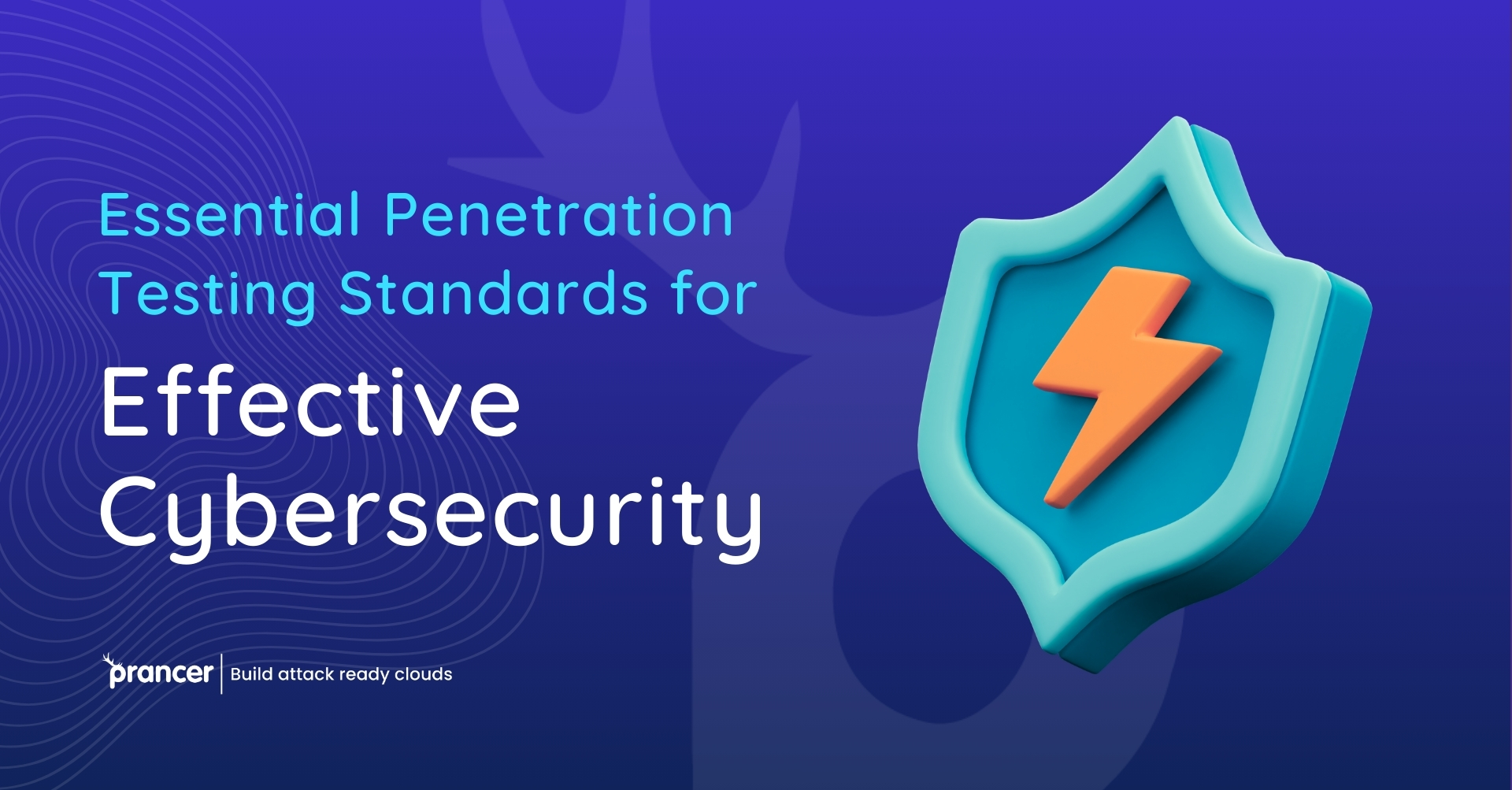

Penetration testing, often called pen testing, is the process of simulating an attack on a system to identify potential vulnerabilities within the system.
Finally, penetration testing, commonly referred to as pen testing, is critical in determining the weak links in any security system. Nevertheless, these tests’ effectiveness rises and falls by the standards they are based on. Penetration testing standards aim to ensure that all facets of security testing are systematically documented to offer a blueprint to secure your systems.
Why are pen testing standards considered to be so vital? Consider them as a map which gives directions for construction of a safe home. Without such blueprints, you may not see certain aspects hence your structure will remain structurally unsound. Likewise, penetration testing needs standard protocols and without them, your security assessments may not be comprehensive, therefore your system remains vulnerable. They offer convenience, accuracy and a detailed analysis of every aspect without omitting any aspect to be looked at.
Several standards apply to penetration testing as relevant in the practice. These standards aim to provide a certain set of guidelines for performing comprehensive and efficient security assessments. Here are some of the most common ones which one may wish to consider The following are some of the most accredited ones.
The OWASP is a web site that offers standards and recommended practices for the protection of web applications. The use of OWASP standard entails the identification of security vulnerabilities and threats that are widespread in the use of web applications such as injection flaws, cross-site scripting (XSS), and security misconfigurations. These guidelines can help in making the web applications more robust and secure to use.
The guidelines provided by the National Institute of Standards and Technology (NIST) are rather comprehensive if one wants to perform a penetration test. For instance, the NIST SP 800-115 mentions clear procedures on how to conduct, schedule, and document penetration tests. Staying consistent with such guidelines helps you to make your pen testing process more efficient and methodical, according to the NIST standards.
Any company dealing with payment card information must meet the Payment Card Industry Data Security Standard, the PCI DSS. There are requirements for penetration testing to achieve the objectives of PCI DSS in protecting the card holder data. Adherence to these standards assist organizations to eliminate cases of data leakage and correlative customer distrust.
Specifically, its involvement in pen testing and its relevance in the entire process.
Prancer is used in penetration testing and it has a significant impact within this field. Picking for a company that offers premier security services, Prancer uses state of the art technology in performing efficient and thorough penetration tests. Thus, to keep up with the most up-to-date penetration testing standards, Prancer assures clients get the best security assessment possible. These tools provided by Prancer are meant to assist organizations in providing security solutions to threats and possible weaknesses.
Automated penetration testing is now trending more because of the effectiveness and least compromise on accuracy. Areas of system testing are more targeted, and automated tools can rapidly sweep through a system and reveal weaknesses with a high degree of accuracy. Sophisticated automated penetration testing techniques from Prancer allow organizations to reduce costs and time used while ensuring the highest levels of security.
There are various elements that make up the execution of pen testing standards within your organization. First, to ensure compliance, it is necessary to understand the requirements set out by the various standards applicable to your field. Next, make sure that the team conducting penetration testing is aware of these standards. Lastly, always use tools and services such as those provided by Prancer that follow these standards when conducting your tests.
However, there are some difficulties organizations encounter even with penetration testing standards. Besides, some of these challenges are due to new standards, handling large-scale networks, and meeting testing requirements within a short duration. Meeting these challenges call for skilled personnel, better tools and most importantly the desire to work continuously towards improvement.
This is because the realm of penetration testing is not stagnant and is still constantly changing to this date. Penetration testing has faced new threats and technological progress, which means standards must evolve too. The use of artificial intelligence and machine learning will probably become even more integrated into pen testing in the future, and that will help to improve the effectiveness and efficiency of security assessments even more.
Therefore, it is safe to say that standards in penetration testing can be seen as essential when it comes to the matter of making sure the security tests are effective and credible. Thus, organizations can enhance their protection of the systems and data against various threats, by referring to these standards. Prancer has the following products which are important in supporting this process and are in line with these standards. As with the employment of other automated security solutions, the adoption of automated penetration testing augments the security regime by making it easier to discover and rectify the openings.
